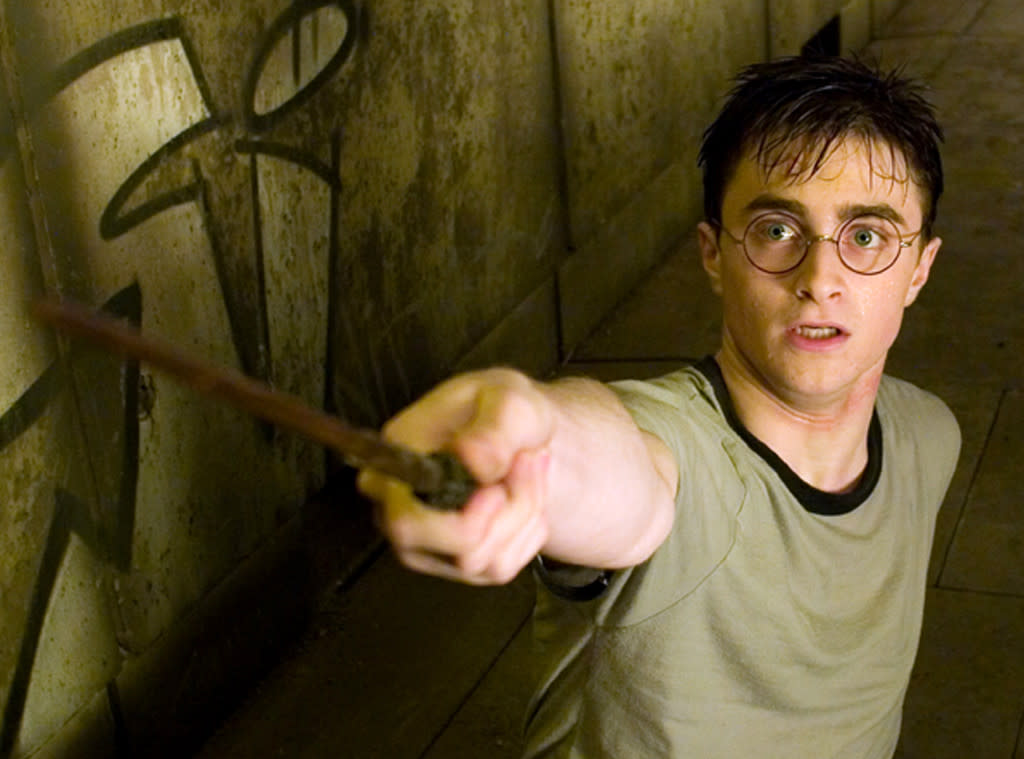 Science and Weather
Science and WeatherInvisibility cloak in sight?

Sometimes, science is a work in progress.
The lofty goal has not been attained.
But the object of the search is so sweet and compelling, it’s cool to hear from someone who’s actually trying to get it done.
Case in point? Invisibility cloaks.
The ultra-cool concealment gizmo immortalized in the Harry Potter books and countless other fantasy classics continues to not exist. But it’s no longer through a lack of effort.
“An invisibility cloak has always been something that fascinates people,” said Zi Jing Wong, a PhD candidate in mechanical engineering at UC Berkeley.
“We have tried to use nanotechnology to create a very thin layer of metallic nanostructures. These were carefully designed in such a way that you can change the local response of the light, so that when you see from very far, the object looks like it’s not there.”
Wong is part of a team of researchers whose newly published study involves a bold attempt to actually render microscopic objects invisible.
“Unfortunately, at the moment it is only at a scale about the width of your hair, but the good thing is that this technology can be scaled up – unlike many other previous works.”
Because they’re so small, these nanostructures can be fitted exactly to whatever object you might wish to conceal – up to and including yourself. They are also incredibly thin and light, which can’t hurt if you’re trying to stay out of sight.
But the actual visual effect of invisibility? There’s still some ground to cover on that one.
“The cloak works like a reflection,” Wong told Yahoo Canada.
“If I were to put it over my face, for example, then what you would see is more like a mirror. Right now, you would not see the object behind me. Ideally, such a cloak – like in the Harry Potter stories – not only hides that person, but also you can see beyond and behind that person. We are not there yet.”
Before you shake your head, realize that every stunning, world-changing technological advance spent most of its development phase being “not there yet.” And then it was. They all were. Wouldn’t it be cool if this were next?
“To see things behind, we need to bend the light even more,” Wong said.
“I think it’s possible. It just means that we need even more careful and clever design to do that.”
This appeals not only to Zi Jing Wong the scientist, but also to the little kid in him whose imagination is very fired up by this work.
“Invisibility, for myself, has always been something very exciting,” he smiled.
“It’s very different from most of the standard, conventional optics research. This is something like – wow! – you happily imagine that one day that you can see things behind an object. That really inspires me.”
His invisibility cloak may not yet be invisible. But the goal of one day being able to vanish isn’t out of sight either.



